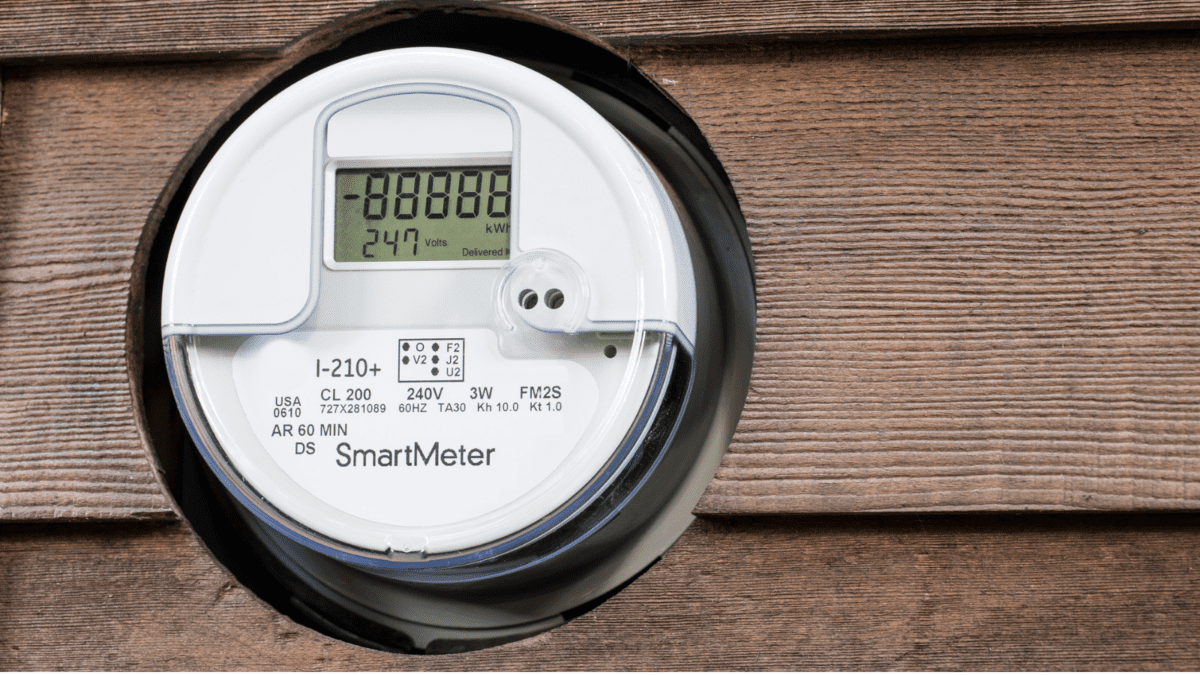Dividends stress-tested, but pockets of resilience survive
All over the share market, investors are stress-testing their dividends – although, until they see what their portfolio companies actually do with regard to dividends, this largely involves prudent recalibration of expectations.
Take National Australia Bank, for example, which slashed its interim dividend from 83 cents to 30 cents, a drop of 64%. Westpac, ANZ and Bank of Queensland (BOQ) have all deferred a decision on whether to pay an interim dividend.
The banks have had the amazing scenario – certainly amazing for their retail shareholders – of virtually being told, by the prudential regulator, the Australian Prudential Regulation Authority (APRA), to think very carefully about paying dividends. APRA told the banks and insurers it wants them to “limit discretionary capital distributions in the months ahead,” which “includes prudent reductions in dividends, taking into account the uncertain outlook for the operating environment and the need to preserve capacity to prioritise these critical activities.”
APRA will have wondered – as many in the market do – what point is served by NAB paying out more than $850 million in dividends, while raising $3.5 billion in capital from the market.
Taking its cue from APRA, insurance heavyweight IAG announced it would not pay a final dividend.
It is not only banks that are in this predicament. Ramsay Health Care has already paid an interim dividend of 62.5 cents in March, but has announced that it won’t pay a final dividend. It too had to raise capital, up to $1.4 billion of it, and even for a company that had increased its full-year dividend every year for 20 years, the pressure on its earnings was too much.
Expect that pressure to claim more victims.
In FY19 Australian companies paid out an estimated $87 billion in dividends – that is expected to come down by about 30% in FY20, to about $61 billion. The banks pay – usually – about 30% of this.
Investors have to stress-test their dividends on the expectation of “at least a 50% cut in income,” says independent share market researcher Elio D’Amato. “This means factoring in a cut of at least 50%, or, if you’ve already been paid an interim dividend, factoring in that there might not be a final, and that’s all you’re getting for the year.”
Where there is rising uncertainty about expected dividends, investors often base their yield expectation on the “historical” dividend, that paid in the most recent full-year. This at least has the benefit of being a cold hard fact, unlike dividend estimates. But even using that figure as a baseline expectation is likely to bring disappointment, says D’Amato.
“Investors should have learned from the GFC, when the big four banks all cut their dividends; and then when Telstra cut its dividend, that dividends could be cut. Unfortunately, the post-GFC migration of ‘term deposit refugees’ to the share market looking for yield brought with it the perception that share dividends were some sort of annuity that you could bank on.”
At least, when the numerator of dividend yield – the dividend per share figure – changes, investors have to remember that they have an individual denominator: the average price they paid for that stock. A stock dividend represents to an individual investor their own personal yield situation. That can still be a good yield.
If Telstra, for example, pays the 16 cents that analysts expect for the full-year – 8 cents of which has already been paid, its market yield, at the current price of $3.08, would be 5.2%, equal to 7.4% grossed-up.
But to someone who bought TLS at $2.68, two years ago, that yield would be 6% – or 8.5%, grossed-up.
D’Amato cautions, however, that this can be “academic” when an investor’s total dividend income falls.
“If companies’ business conditions are deteriorating, which is true for most, the dividend is at risk,” he says. “The cheapest form of capital for companies is using retained profits, which of course means keeping the dividend cash instead of paying it out.”
The only way that investors can truly maintain confidence in their dividends, he says, is to assess whether their companies can maintain – or even better, grow – their earnings, and thus, give some degree of safety to the dividend.
While such situations are few and far between, investors are starting to look at companies such as BHP and Fortescue Metals – as well as gold miners such as St Barbara, Evolution, Newcrest, Regis Resources and Saracen – and defensive exposures such as rail hauler Aurizon, consumer staples stars Woolworths, Coles and Metcash, and Telstra, for dividend resilience.










